A Guide to Different Types of Eagles
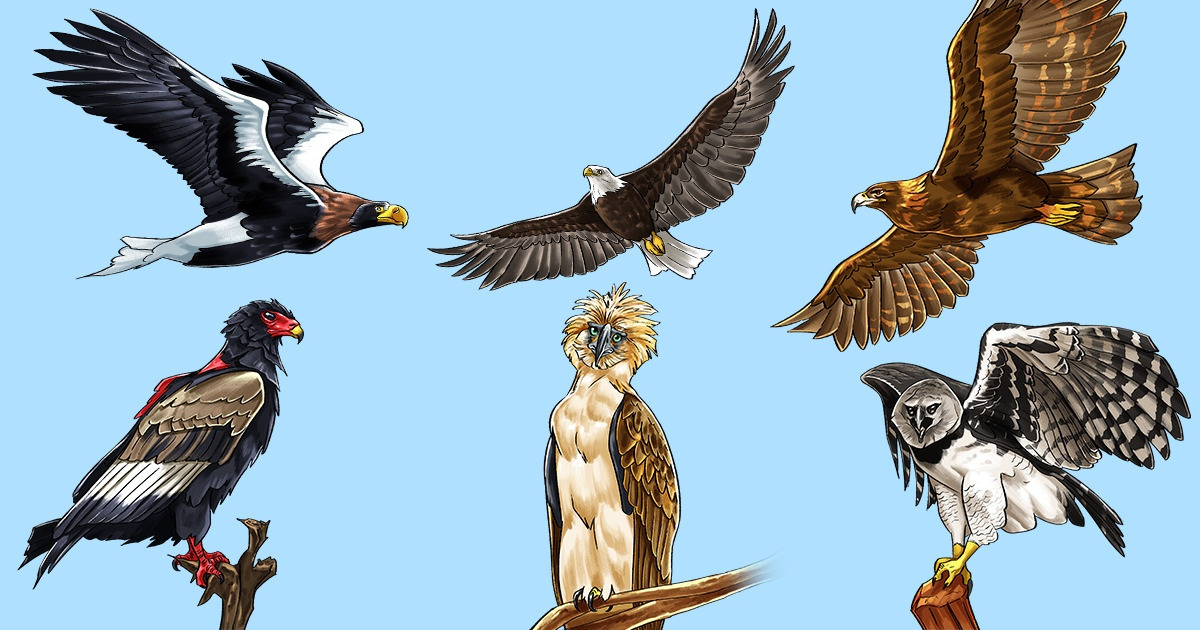
Eagles belong to a group of large birds of prey. They are powerful, with sharp claws and beaks, and most of them have very large wings. These birds have notably characteristic hooked beaks, which they use to tear up food. They can be found all around the world and there are many species of this these majestic animals.
5-Minute Crafts made this guide for you so you can find out more about eagles and learn how to distinguish them. There are more than 60 species of these avian animals, and we will list the most common and the ones with very distinctive features.
Informal classification
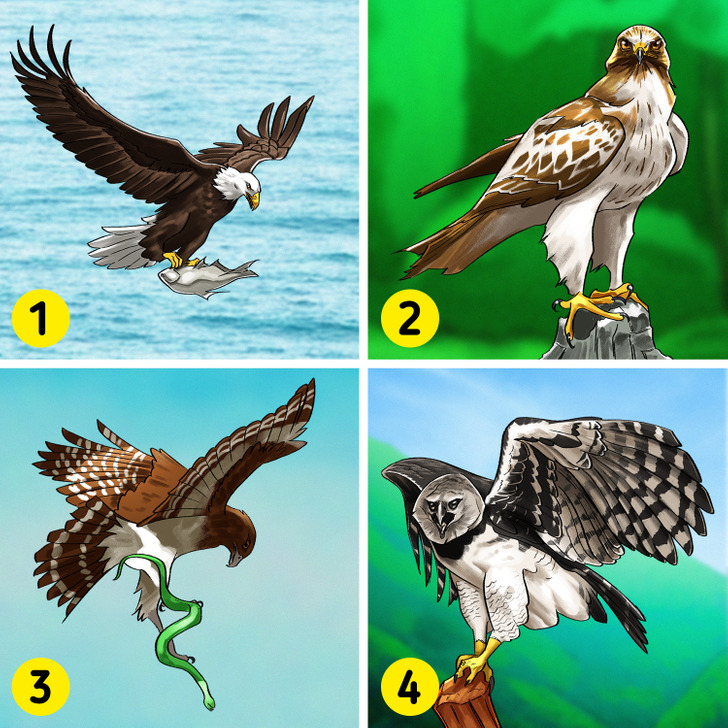
Eagles are informally classified into 4 groups:
Bald eagle
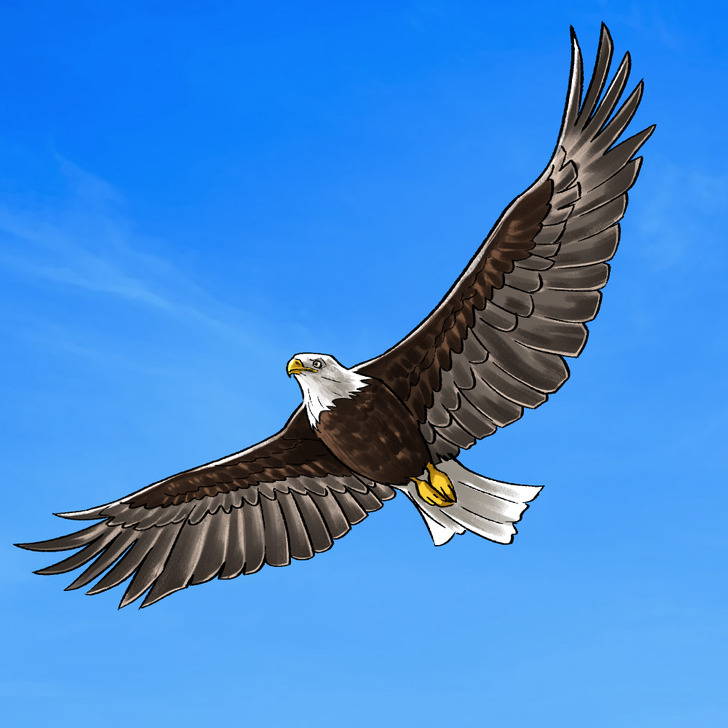
Adult bald eagles have white heads and tails and dark brown feathers on their body. The beak, feet, and eyes are yellow. Other features include:
Golden eagle
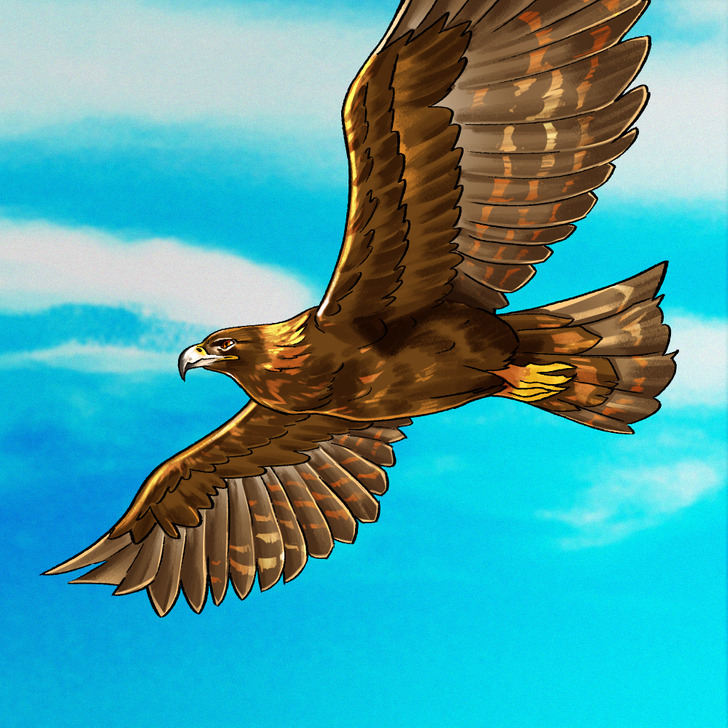
Golden eagles are dark brown with fully feathered legs and strong yellow claws. They also have a gray beak and dark eyes. Other characteristics are:
- It’s one of the most cosmopolitan eagles — they can be seen in North America, Europe, North-Western Africa, and Asia.
- The wingspan reaches almost 8 feet (2.3 meters).
- These birds can be very fast and can swoop from above at a speed of 150 miles per hour.
- They mostly feed on hares, marmots, rabbits, and squirrels.
Spanish imperial eagle
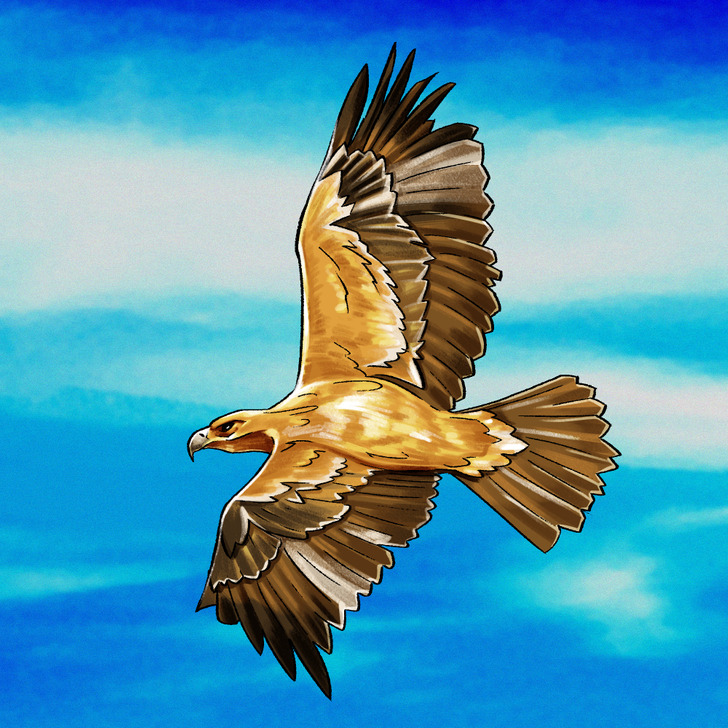
The adult eagles boast black and brown colors, and although they can resemble a golden eagle when seen from afar, their overall color is darker. They have distinctive white feathers on the shoulders and on the edges of their wings. Here are some other facts about the Spanish imperial eagle:
- It’s native to the Iberian Peninsula and breeds only in Spain and Portugal (although it can be seen sometimes in Morocco or Netherlands).
- In the 1960s, it was considered a critically endangered species but is now classified as vulnerable.
- They hunt rodents, pigeons, reptiles, and rabbits.
Bonelli’s eagle
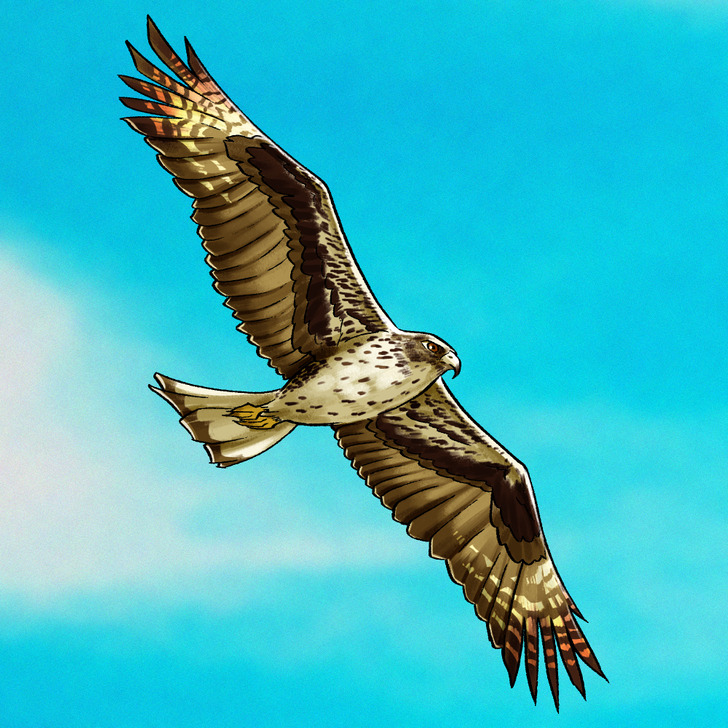
Bonelli’s eagles have a medium-sized body and are dark brown above with white feathers below, which stretch from the neck to the tail. Some other interesting facts include:
- They can be seen in forests and mountains and build their nest in cliffs or caves.
- They are very recognizable when seen flying since they have inner secondaries under the wings.
Harpy eagle
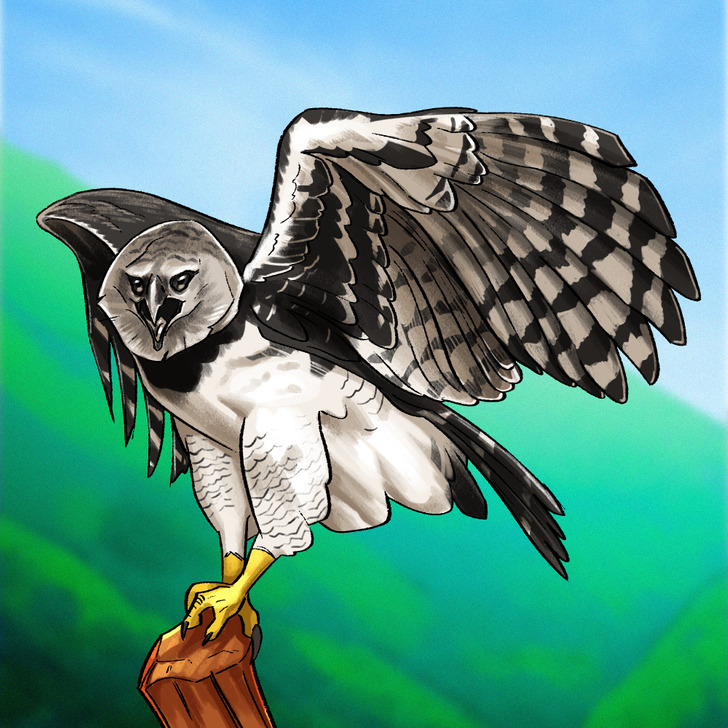
Harpy eagles have a very distinguished look. You can identify them by the feathers at the top of the head that can open into a crest when they feel that they are in danger. They are dark-gray in color and have some other interesting traits:
- They live in Central and South America, in forested areas.
- Unfortunately, these eagles are near-extinct in certain parts of Mexico due to deforestation and the decline of their natural environment.
- Harpies hunt mammals that live on trees, like monkeys and sloths.
- They don’t soar over the rainforest often like eagles usually do, but instead, they are silent and would rather wait for their prey to catch them.
Black-and-chestnut eagle
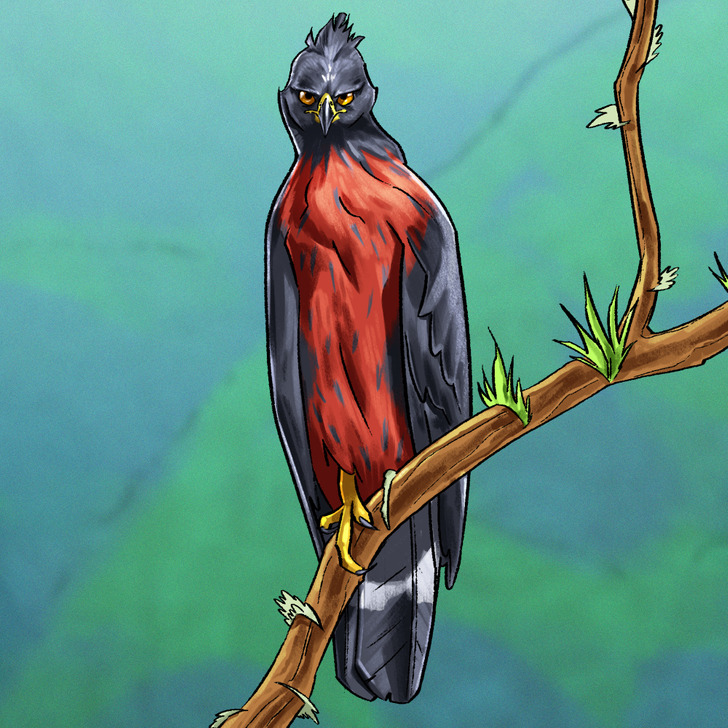
Steller’s sea eagle
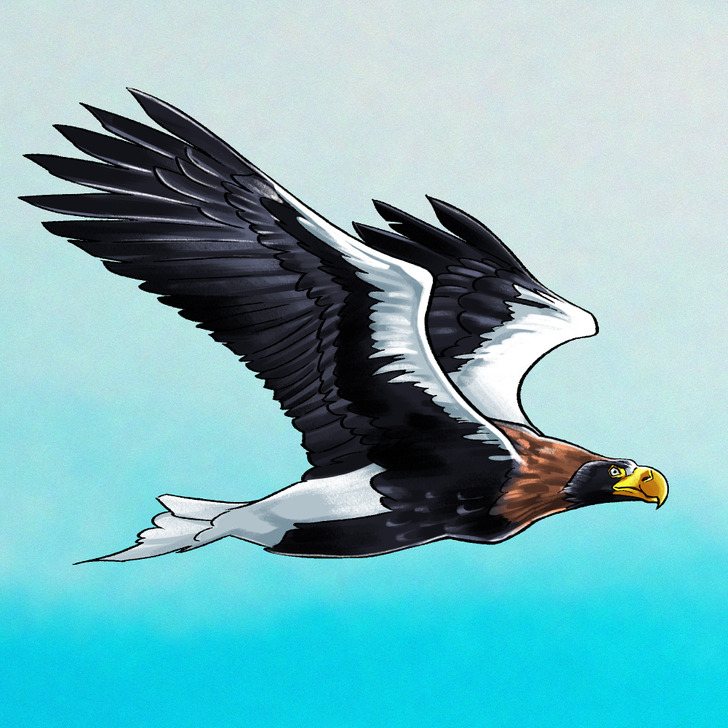
Steller’s sea eagles have a striking appearance with dark feathers on their wings and white on their forehead, shoulders, thighs, and tail. There are some other facts about them:
Crowned eagle
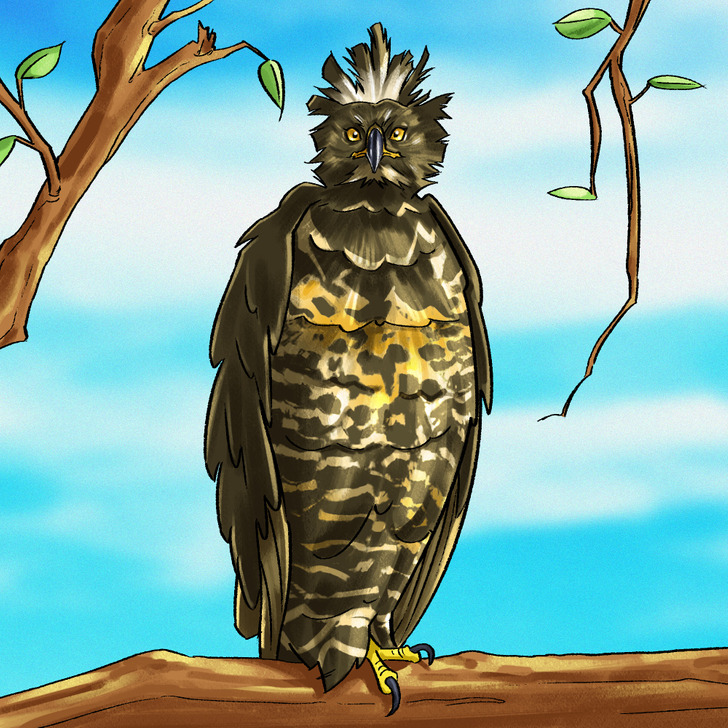
Adult crowned eagles have dark brown feathers on their head and very distinctive crests, whose ends are white. The top of the body is also black and the breast and belly are reddish. Here are even more facts about them:
- They live in the woodlands, mountains, and rainforests of Africa but sometimes can be seen in the savannah.
- They’re called the most powerful eagles of Africa because they can prey on animals that are more than 4 times bigger than them.
- They have a very loud cry.
- Sometimes they hunt together in pairs.
- They can catch smaller antelope, feral cats, lizards, snakes, etc.
White-tailed eagle
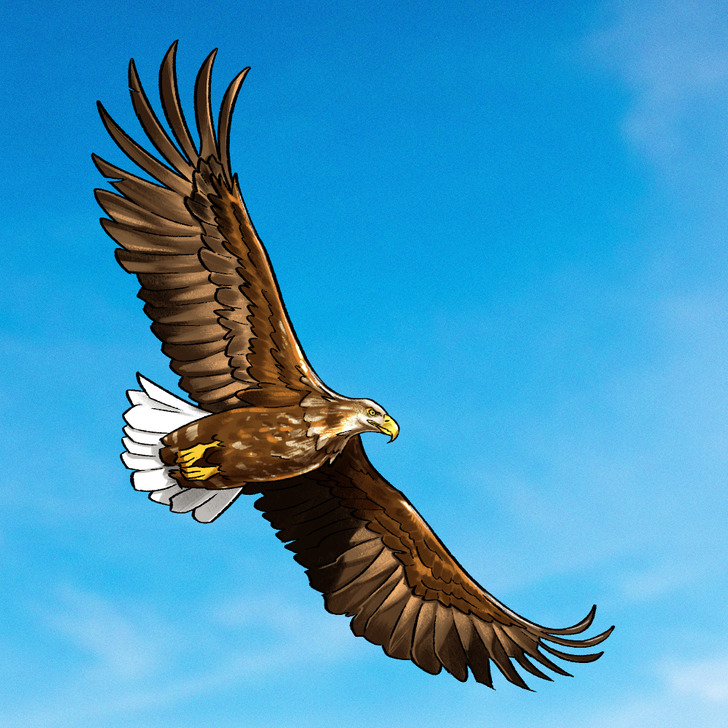
Wedge-tailed eagle
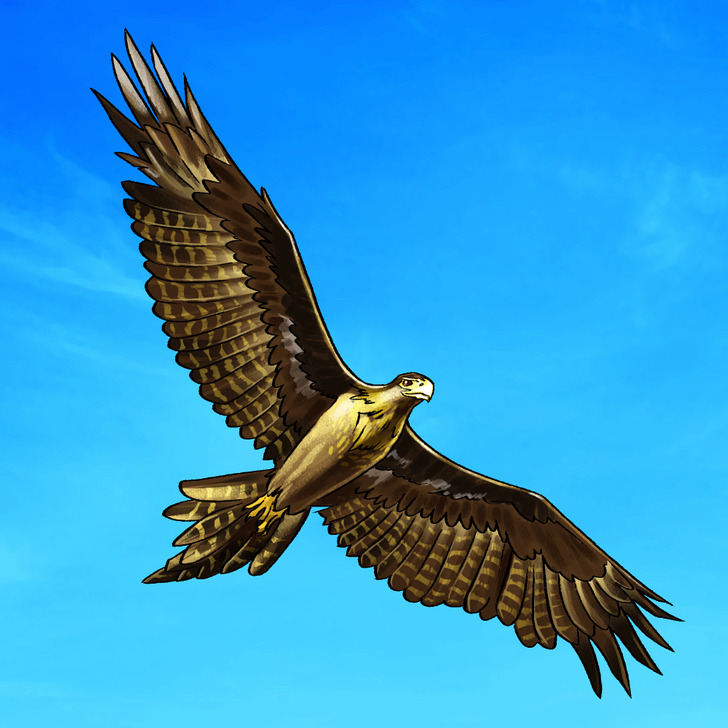
Adult wedge-tailed eagles have brown or black feathers mixed with white and bronze on their necks and wings. They can be seen throughout the continent of Australia, Tasmania, and Southern Papua New Guinea, mostly in wooded areas and open forests. Some other interesting facts include:
- It’s the largest bird of prey in Australia and it is classified as one of the biggest eagles in the world.
- They eat mostly mammals, like rabbits, hares, and even kangaroos, which they can hunt in pairs or in groups.
- One wedge-tailed eagle can raise half of its body weight.
- Their nests can be so big and heavy that one can weigh more than 880 pounds (around 400 kilograms).
Philippine eagle
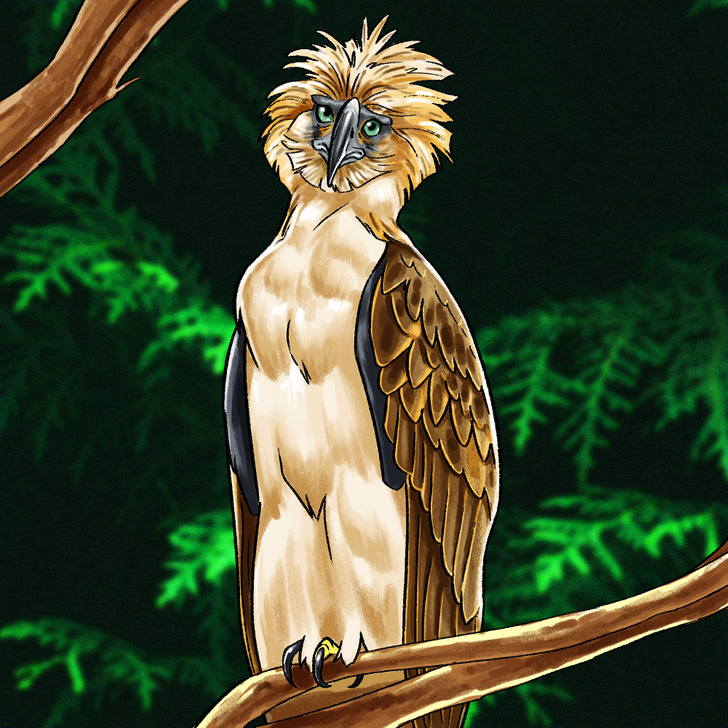
Native to the islands of the Philippines, these eagles are one of the rarest birds in the world as well as one of the largest. They have a very distinctive color on their beaks, which is a mix of gray and blue. Here are some other fun facts:
Martial eagle
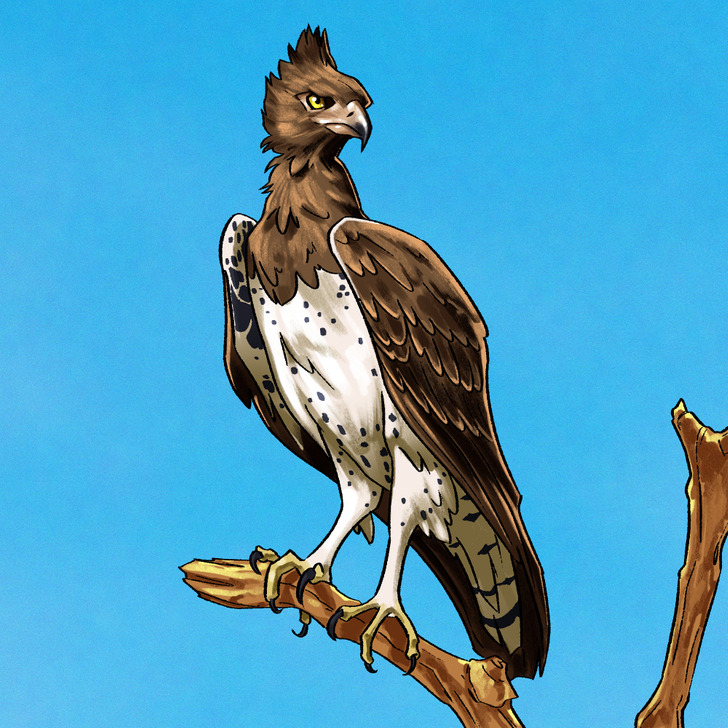
They have dark brown feathers on the upper part of the body and the head, while the underparts are covered with white feathers and black spots. Other facts are:
Bateleur eagle
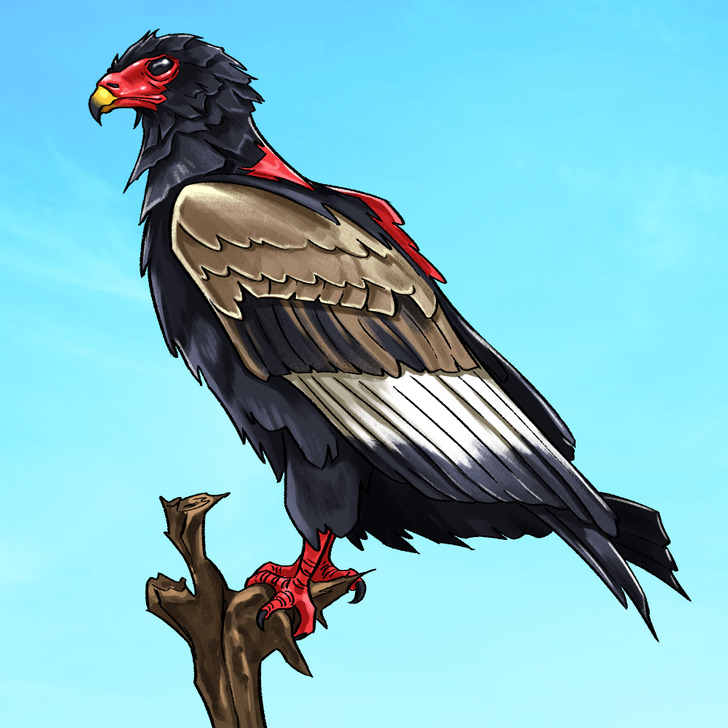
The bateleur eagle has black and white feathers on the upper part of its body, a short tail, a red face and legs, and a black beak.
Solitary eagle
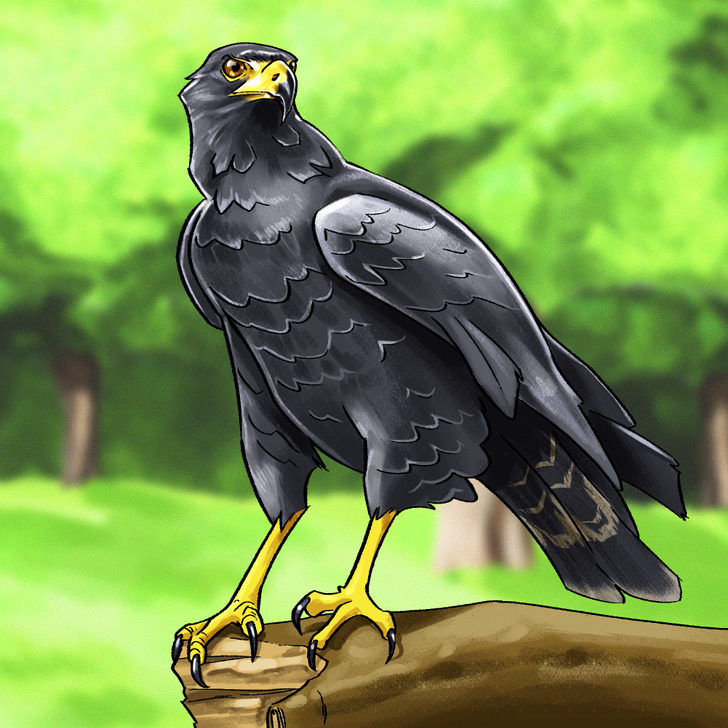
Solitary eagles appear to be all black but are actually dark gray, with white speckles on the tail. Although they are rare and not much is known about them, except for the following:
Great Nicobar serpent eagle
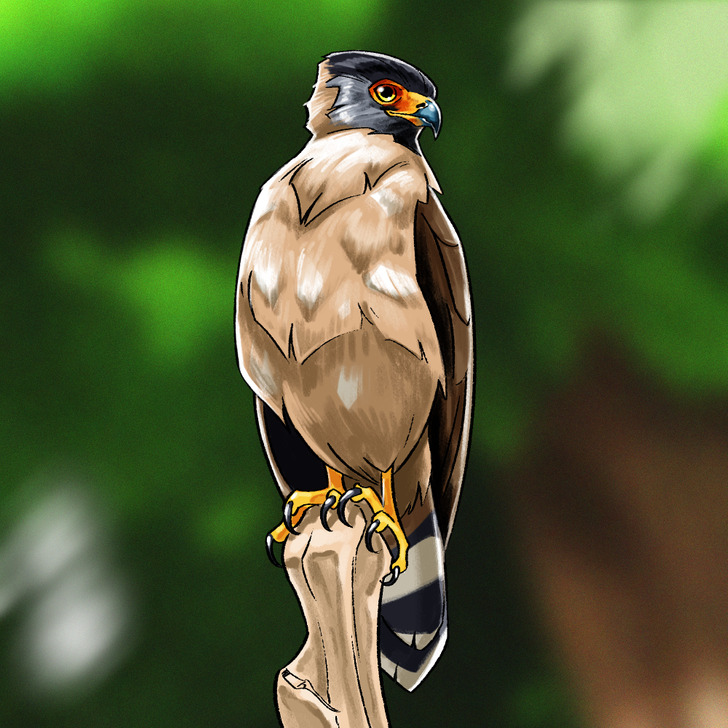
They have a rufous, black crest and gray face. The upper part of the body is dark brown while the belly feathers and thighs are white and beige.